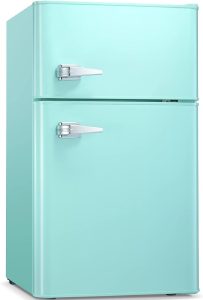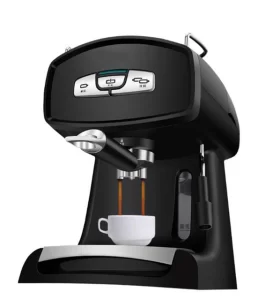What are the eco-friendly materials for appliances?
Introduction:
Selecting kitchen appliances made from eco-friendly materials is an important step toward creating a sustainable home. By choosing appliances that use environmentally conscious materials, you can reduce your carbon footprint and contribute to a greener future. In this article, we will explore some eco-friendly materials commonly used in appliance manufacturing, including recycled materials, sustainable woods, bamboo, stainless steel, and ceramic. Understanding these materials and their benefits will help you make informed choices when selecting eco-friendly appliances for your kitchen.
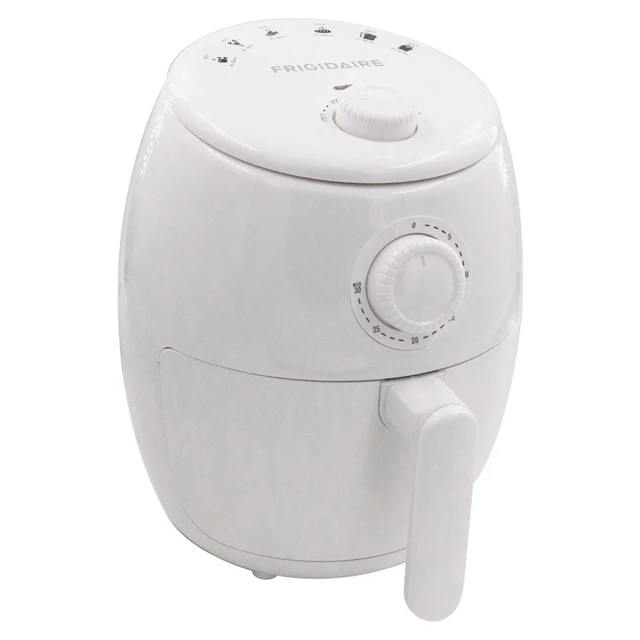
What are the eco-friendly materials for appliances?
Recycled Materials:
a. Recycled Plastic: Appliances made from recycled plastic help reduce the demand for new plastic production and divert plastic waste from landfills. Many manufacturers use post-consumer recycled plastic in the construction of appliance parts, such as handles or casings.
b. Recycled Metal: Appliances made from recycled metals, such as aluminum or steel, help conserve natural resources and reduce energy consumption. Recycled metal can be used in the construction of appliance bodies, frames, or other components.
c. Recycled Glass: Some appliances incorporate recycled glass in their design, particularly in decorative elements. Recycled glass reduces the need for new glass production and promotes the reuse of materials.
Sustainable Woods:
a. Bamboo: Bamboo is a fast-growing and highly renewable material, making it an eco-friendly choice for appliance construction. It is durable, lightweight, and has natural antibacterial properties. Bamboo is commonly used for cutting boards, utensils, and small appliance components.
b. FSC-Certified Wood: The Forest Stewardship Council (FSC) certifies wood products that come from responsibly managed forests. Choosing appliances made from FSC-certified wood ensures that the material is sourced sustainably, maintaining forest biodiversity and supporting the livelihoods of local communities.

Stainless Steel:
a. Recyclable and Durable: Stainless steel is a highly durable material with a long lifespan. It is resistant to corrosion, heat, and staining. Stainless steel appliances are recyclable at the end of their life, contributing to a circular economy and reducing waste.
b. Energy Efficiency: Stainless steel has excellent thermal conductivity, meaning it heats and cools quickly. This property makes stainless steel appliances more energy-efficient, as they require less energy to reach and maintain desired temperatures.
c. Hygienic and Easy to Clean: Stainless steel has non-porous and non-reactive properties, making it resistant to bacterial growth and easy to clean. This reduces the need for harsh chemical cleaners and promotes a healthier kitchen environment.
Ceramic:
a. Energy Efficiency: Ceramic materials have excellent heat retention properties, which can help save energy during cooking. They distribute heat evenly and retain it well, allowing you to reduce cooking times and conserve energy.
b. Non-Toxic and Chemical-Free: Ceramic is a non-reactive material that does not release harmful chemicals into the air or food during cooking. It is free of toxins, such as PFOA and PTFE, commonly found in non-stick coatings.
c. Durability and Longevity: High-quality ceramic appliances are known for their durability and longevity. With proper care, ceramic appliances can last for many years, reducing the need for frequent replacements and minimizing waste.
Other Eco-Friendly Materials:
a. Natural Fiber Composites: Appliance components made from natural fiber composites, such as bio-plastics or biodegradable materials, offer an eco-friendly alternative to traditional plastics. These materials are derived from renewable resources and break down more easily at the end of their lifecycle.
b. Low-VOC Finishes: Volatile Organic Compounds (VOCs) are chemicals found in many finishes and coatings. Choosing appliances with low-VOC finishes reduces the release of harmful chemicals into the environment and improves indoor air quality.
c. Water-Based Adhesives: Water-based adhesives, as opposed to solvent-based adhesives, have lower levels of volatile organic compounds. Appliances constructed using water-based adhesives contribute to reducing toxic emissions during the manufacturing process.
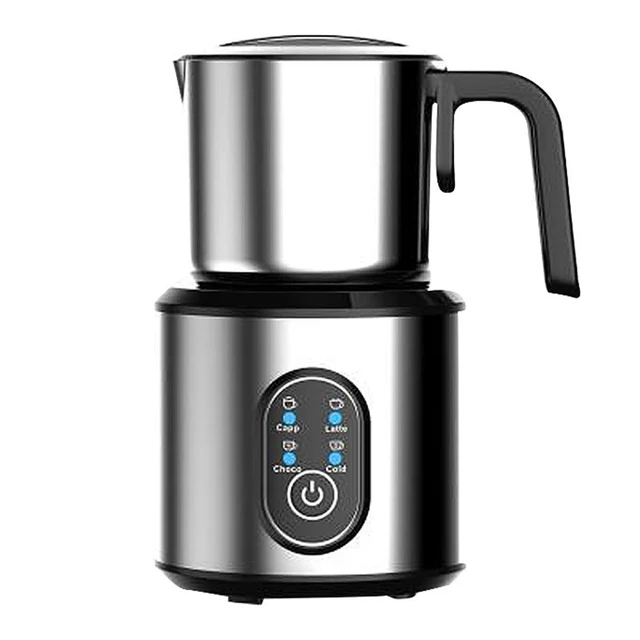
Energy-Efficient Components:
a. Energy Star Certified Parts: In addition to considering the materials used in the construction of appliances, it is important to look for energy-efficient components. Energy Star certified parts, such as motors, compressors, or heating elements, can significantly reduce energy consumption and lower utility costs.
b. LED Lighting: Appliances that incorporate LED lighting use significantly less energy than traditional incandescent bulbs. LED lights are long-lasting, energy-efficient, and do not emit heat, making them an eco-friendly choice.
c. Programmable Features: Some appliances offer programmable features that allow you to optimize energy usage. For example, programmable thermostats in ovens or refrigerators can help regulate temperature settings and reduce energy waste.
Water Efficiency:
a. Low-Flow Options: Look for appliances that offer low-flow options to minimize water usage. For instance, dishwashers with eco-friendly cycles or washing machines with water-saving settings can help conserve water without compromising cleaning performance.
b. Water-Saving Technologies: Some appliances utilize innovative water-saving technologies, such as sensor-based systems that optimize water usage based on load size or soil levels. These features help reduce water waste and promote efficient use.
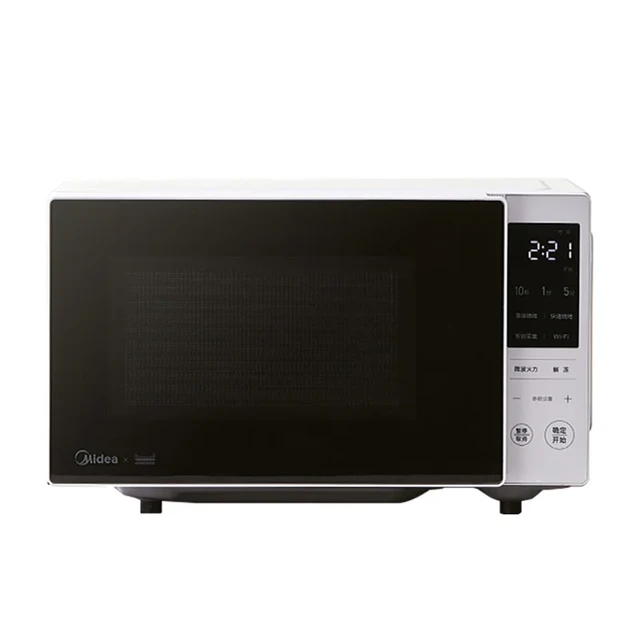
Energy Monitoring and Smart Features:
a. Energy Monitoring Systems: Appliances equipped with energy monitoring systems allow you to track and monitor your energy usage. These features provide valuable insights into your consumption habits, helping you make more conscious and efficient choices.
b. Smart Home Integration: Smart appliances that are compatible with home automation systems allow for remote monitoring and control. This enables you to manage energy usage, adjust settings, and optimize efficiency even when you’re away from home.
c. Energy-Saving Modes: Many appliances offer energy-saving modes or sleep modes that automatically reduce power consumption when not in use. These modes help minimize standby power and reduce overall energy waste.
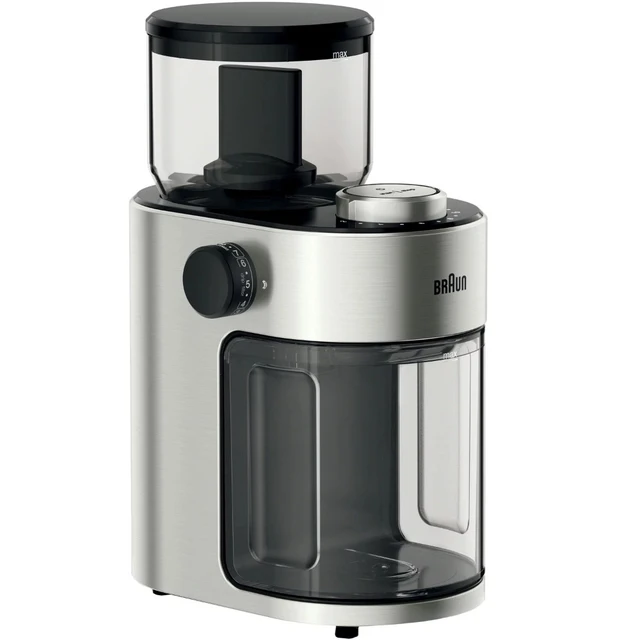
Conclusion:
Opting for appliances made from eco-friendly materials is an important step in creating a sustainable kitchen. Recycled materials, sustainable woods like bamboo, stainless steel, ceramic, and other eco-friendly materials offer numerous benefits, including reduced waste, lower energy consumption, and improved indoor air quality. By selecting appliances made from recycled plastic, recycled metal, or recycled glass, you contribute to the circular economy and reduce landfill waste. Sustainable woods like bamboo and FSC-certified wood support responsible forestry practices. Stainless steel appliances offer recyclability, durability, energy efficiency, and hygienic properties. Ceramic appliances provide energy efficiency, non-toxic cooking surfaces, and durability. Additionally, natural fiber composites, low-VOC finishes, and water-based adhesives promote environmentally conscious manufacturing processes. When choosing appliances, consider the materials used, their environmental impact, and their potential for reuse or recycling. By making eco-friendly choices for your kitchen appliances, you not only contribute to a more sustainable world but also create a healthier and greener living environment for yourself and future generations.
